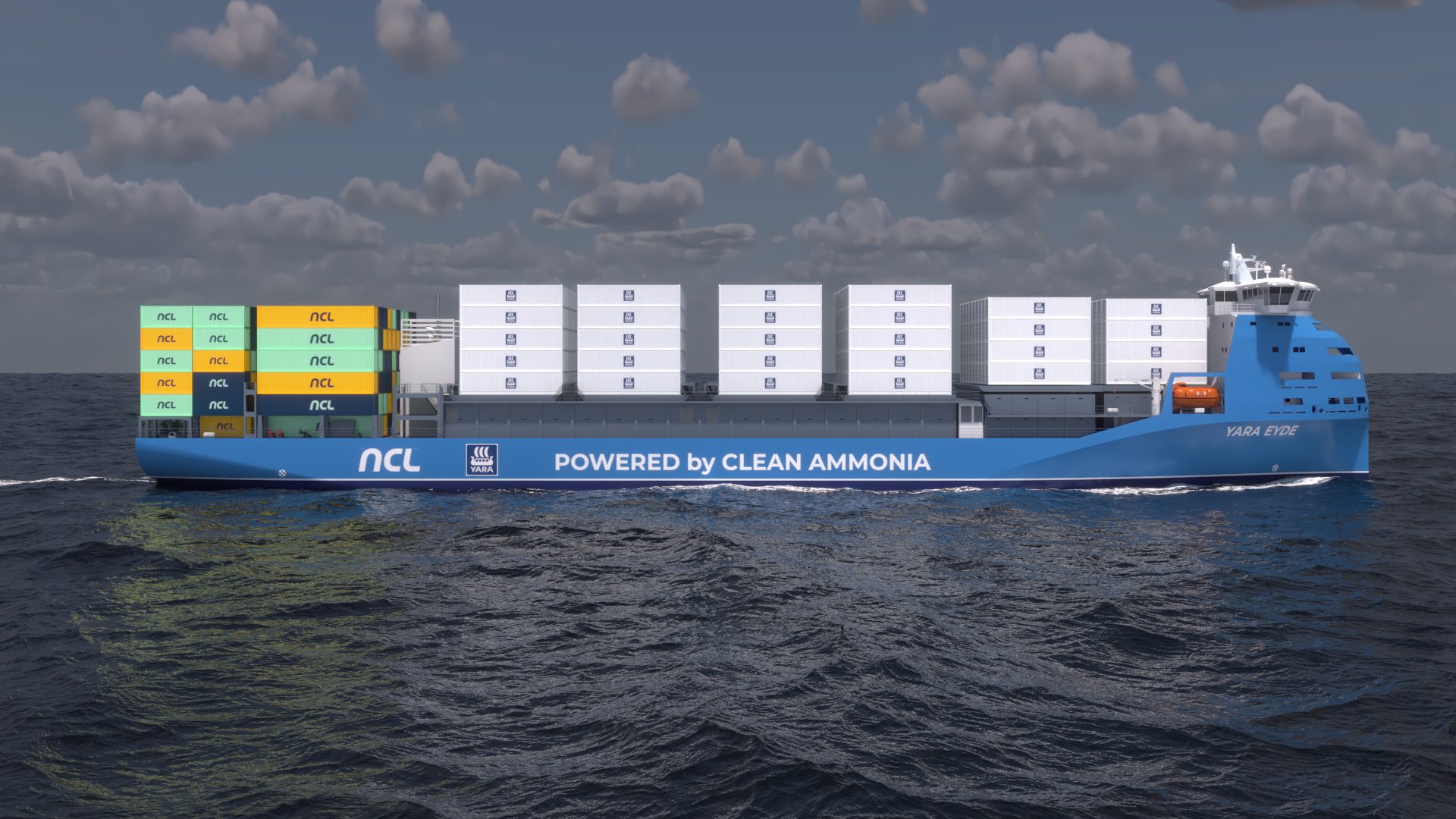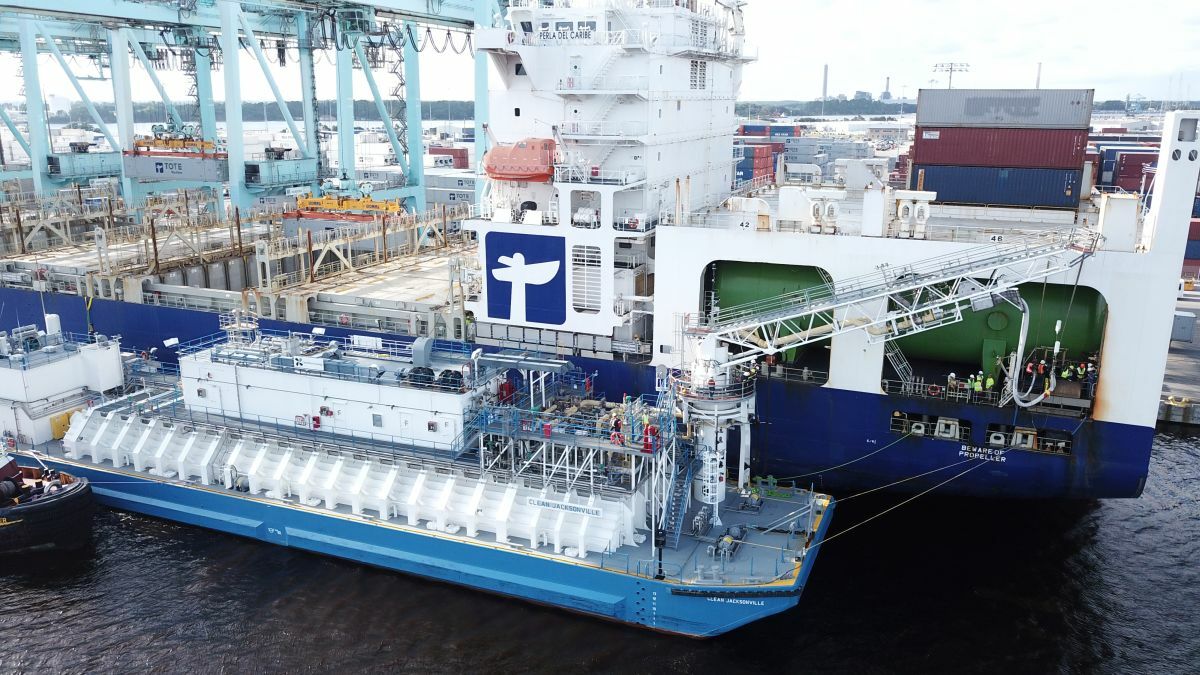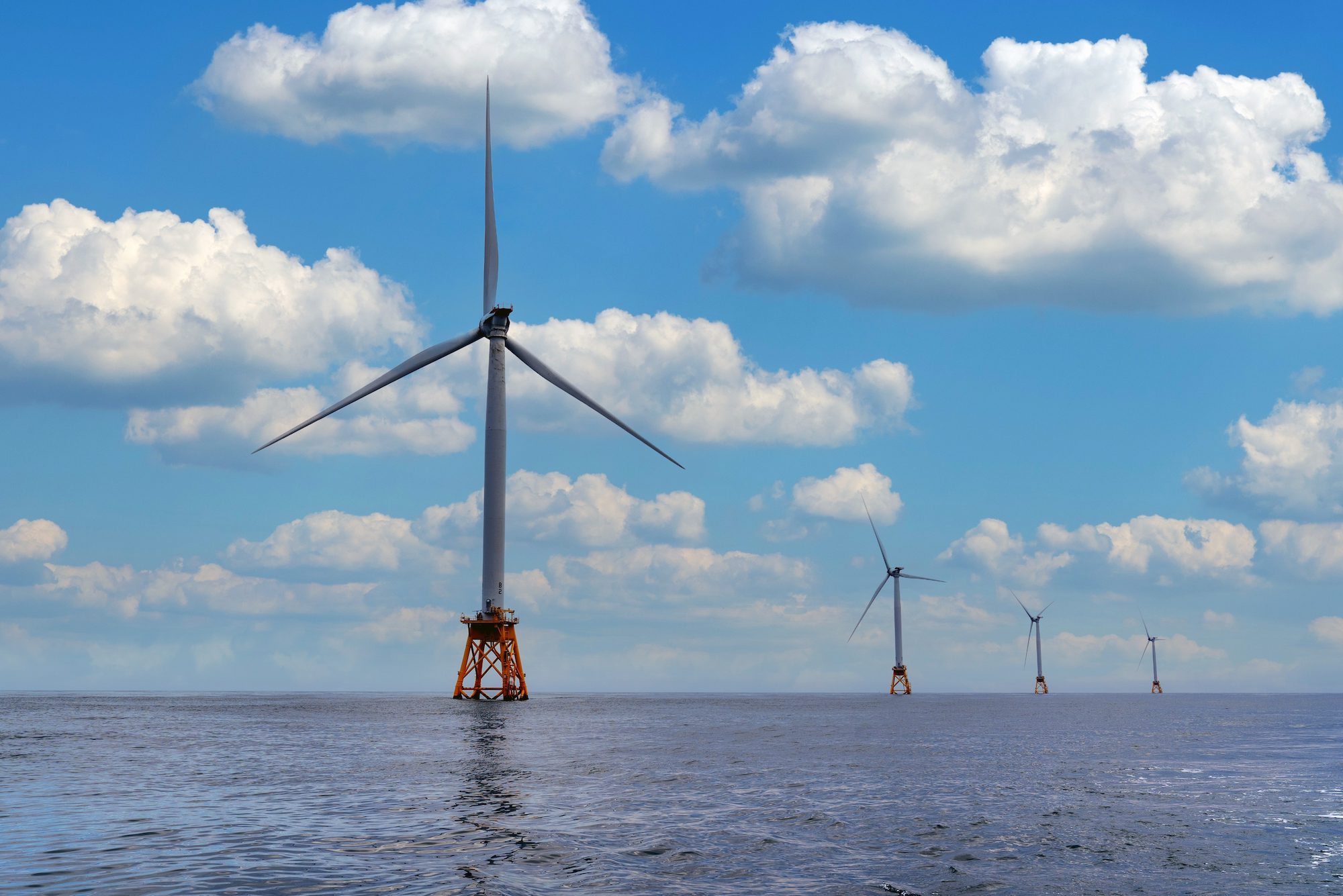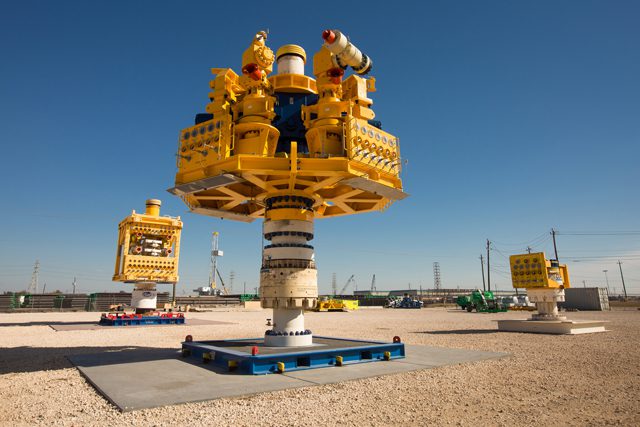
In November 2010, following the tragedy of the Macondo disaster, the U.S. Bureau of Safety and Environmental Enforcement (BSEE) issued a notice to all lessees and operators working on the outer continental shelf requiring that companies have “access to and can deploy containment resources that would be adequate to promptly respond to a blowout or other loss of well control.”
Anticipating these requirements months earlier, while Macondo was not completely plugged, ExxonMobil, Chevron, ConocoPhillips and Shell got together to form the Marine Well Containment Company (MWCC), an independent entity aimed at coming up with a technical and physical solution to any future subsea oil and gas blowouts should one occur.
By 2011, MWCC had their first working capping stack rated for 15,000 PSI and 250 degrees.
Built by Trendsetter Engineering in Houston, this towing piece of iron stands 30 feet tall, 14 feet wide and weigh about 100 tons.
These dimensions may seem significant, but it’s essentially nothing more than a giant valve designed to mate up perfectly to a subsea wellhead to either shut in the well or redirect the flow of hydrocarbons to a subsea riser system and onward up to a tanker on the surface.
MWCC CEO Marty Massey notes in a phone call today that while they were confident it would work, BSEE did require a demonstration. In a simulated test in 2012, MWCC deployed their capping stack to a simulated wellhead located in 6,900 feet of water in the Gulf of Mexico where they latched on and pressure tested the system. “It worked perfectly,” he commented.
As demands by offshore operators have evolved, MWCC has had to evolve their technology as well. Last month they unveiled their newly up-rated capping stack with the ability to handle upwards of 350 degree fluid temperatures.
This stack is the first of its kind anywhere in the world capable of handling temperatures of 350 degrees F.
“The rerate of the single ram capping stack is another step in MWCC’s commitment to keep pace with member needs as they explore at greater depths, pressures and temperatures” said Marty Massey, chief executive officer of Marine Well Containment Company in an emailed statement.
High pressure, high temperature subsea wells are always a focus for MWCC, but in some cases the sheer size of the capping stack made it more difficult to use. Such issues are inherent to production facilities such as spars or tensioned leg platforms where the wellheads and riser systems are all fairly closely located together. For this issue, MWCC made available a more compact, 50-ton, dual ram, 10,000 psi-rated capping stack.
Looking ahead into 2014, MWCC plans to further evolve this technology with an expanded containment system that incorporates the use of a specially-converted Aframax tanker into a “Modular Capture Vessel,” and an electro-hydraulically operated capping stack capable of operating in 10,000 feet of water at 15,000 PSI and 250 degrees. In addition, this new system will be able to flow upwards of 100,000 barrels per day of fluids, vice the current rating of 60,000.
Read more about the Eagle Texas, the World’s First Modular Capture Vessel
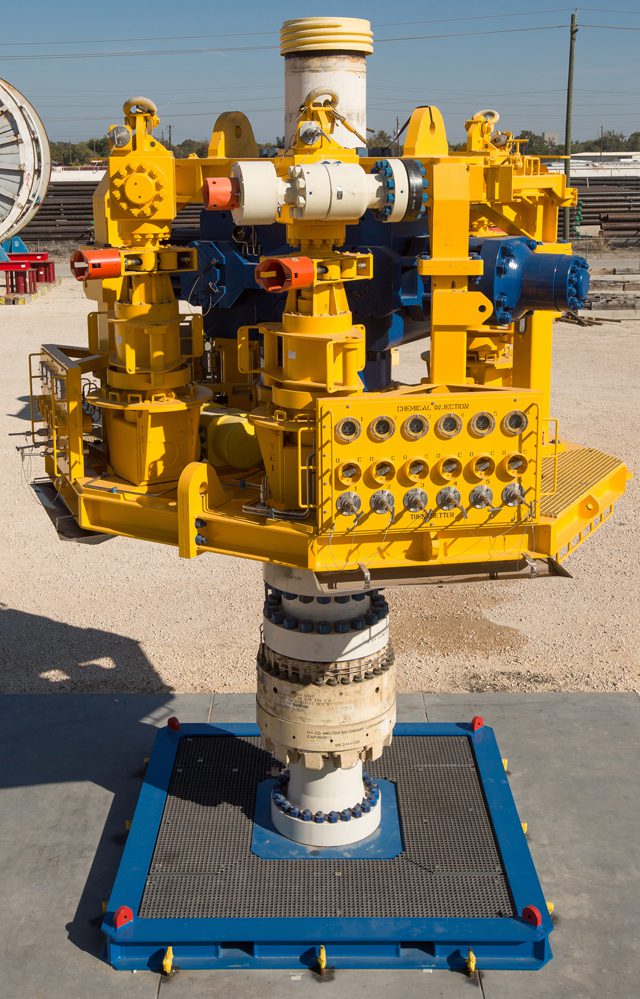

 Join The Club
Join The Club






